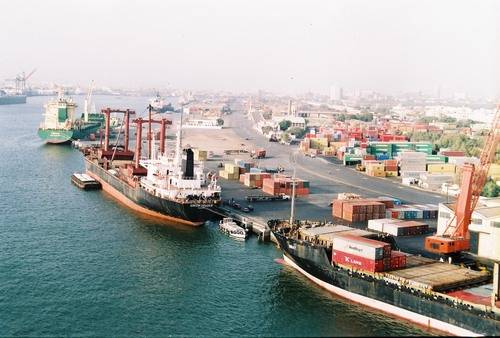Pakistan’s export of merchandise fell short of target by over $2.8 billion in the outgoing fiscal year. This is the third consecutive year in which the target has not been met.
The problem is the decline in commodity prices, particularly cotton and rice. Textile exports are largely flat, mainly due to high cost of doing business, but Pakistani exports earnings could have been much higher had there been a tilt towards value-added products. The fact that towels and knitwear exports are up supports this view. Pakistan has vibrant local demand for cotton apparel. The government has to make sure that local cotton is being used for local consumption, rather than imported cotton. This can cover for the shortfall in international demand. Secondly, local brands need to be encouraged to become global. While raw material will never be able to garner high prices, brands can.
Thirdly, the government as well as local lobbies have make sure to place Pakistan on the global supply chain for international brands, not only to boost exports but to generate jobs at home. With over $19 billion in textile exports, Bangladesh has already gone far by investing in quality readymade garments. After China, Bangladesh is the second biggest textile exporter. Reports suggest that about 60 percent of Pakistan’s export destinations are to 10 countries, namely, US, China, UAE, Afghanistan, UK, Germany, France, Bangladesh, Italy and Spain. It is important to reach out to other countries and discover other markets where supplier monopolies can be created.
The efforts to improve our exports have to be made by private entrepreneurs and capitalists. Much of the burden of reaching out to foreign buyers and markets rests in private hands. The government can provide better infrastructure and make sure international deals, like the Generalised System of Preferences for exports to the EU for example, are in place. But even these will have to be lobbied for by private interests.






